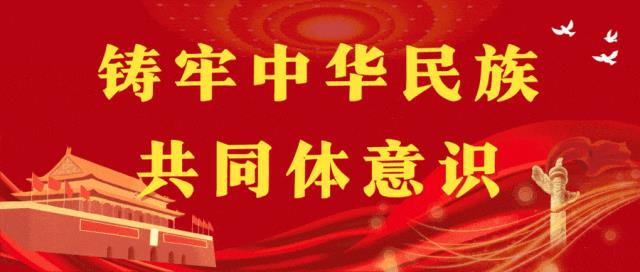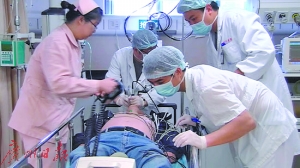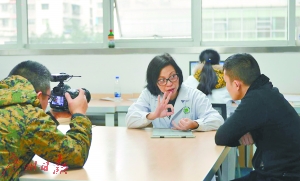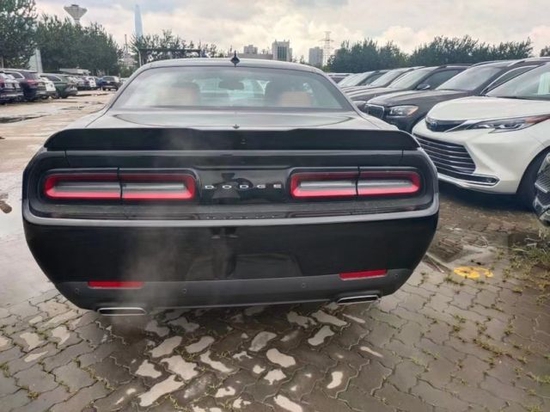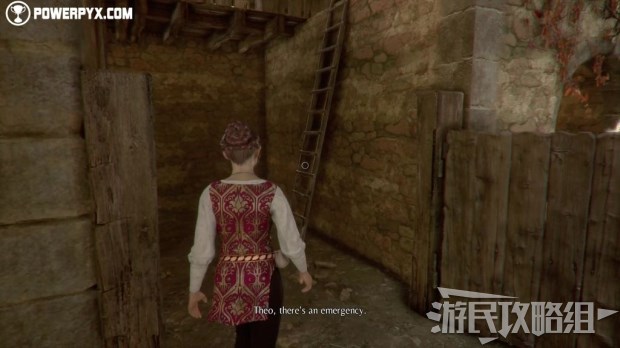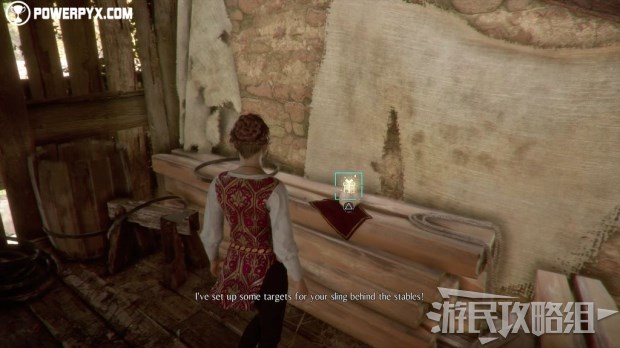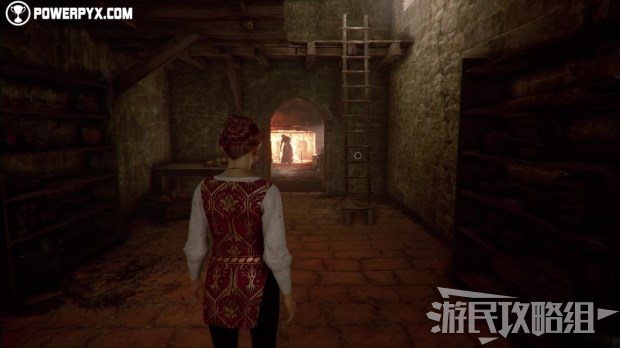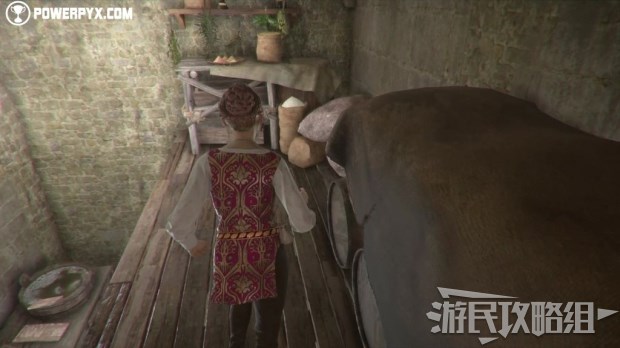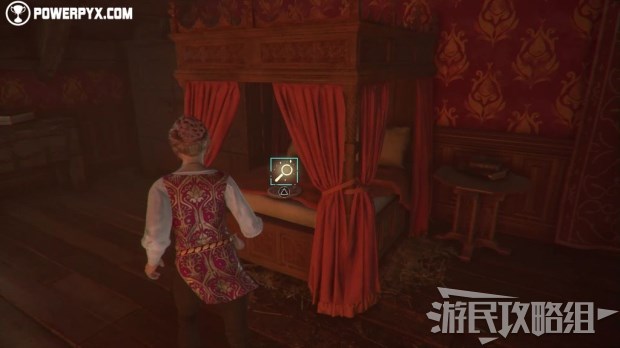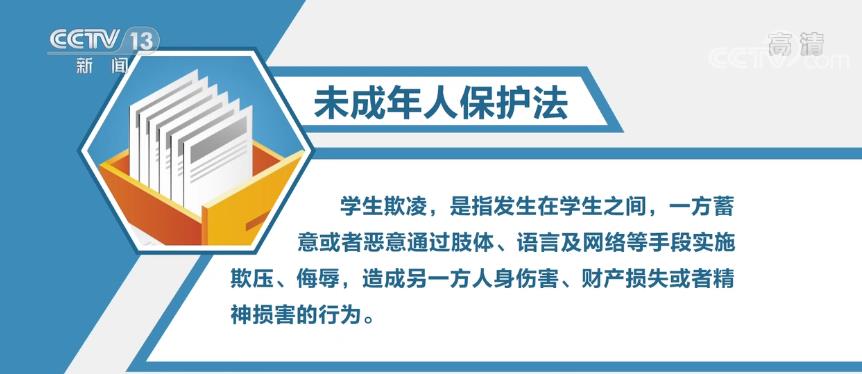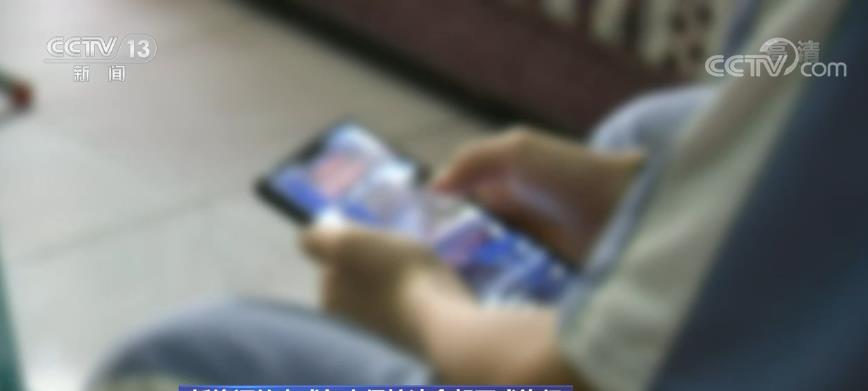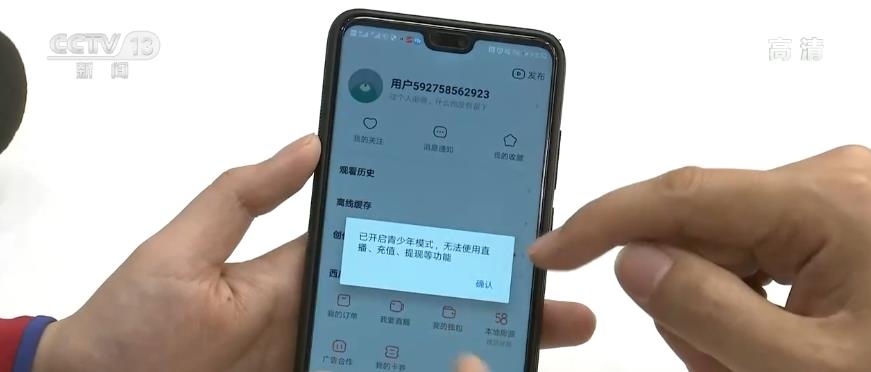Do you know how popular real sales experts are?
Let’s look at a data:Among the top 500 CEOs, the most are from sales, and the second most are from finance, which add up to more than 95%.
This was mentioned by the former HP global vice president in his retirement speech.
Sales, a seemingly low-threshold occupation, is related to the lifeline of enterprises.
In today’s situation, the sales war determines whether the enterprise can outperform the opponent in difficult times.
But what will the top sales elite do?
Sales is a job that tests people’s mentality. It requires a strong heart, and you may be rejected and even humiliated by customers again and again. If you can still adjust your mentality and bite the bullet and catch up, it will be really great.
Most new sales start from the most basic work, and need to call and send WeChat again and again to find target customers. It is very unpleasant to be rejected mercilessly and hung up, and most sales have to experience countless rejections a day.
You used to think that those low-threshold sales that accompany wine have no gold content, but in fact they don’t have the thick skin and the spirit of repeated defeats and wars. Most people can’t even do low-threshold sales, and it is easy to be attacked and doubt their lives.
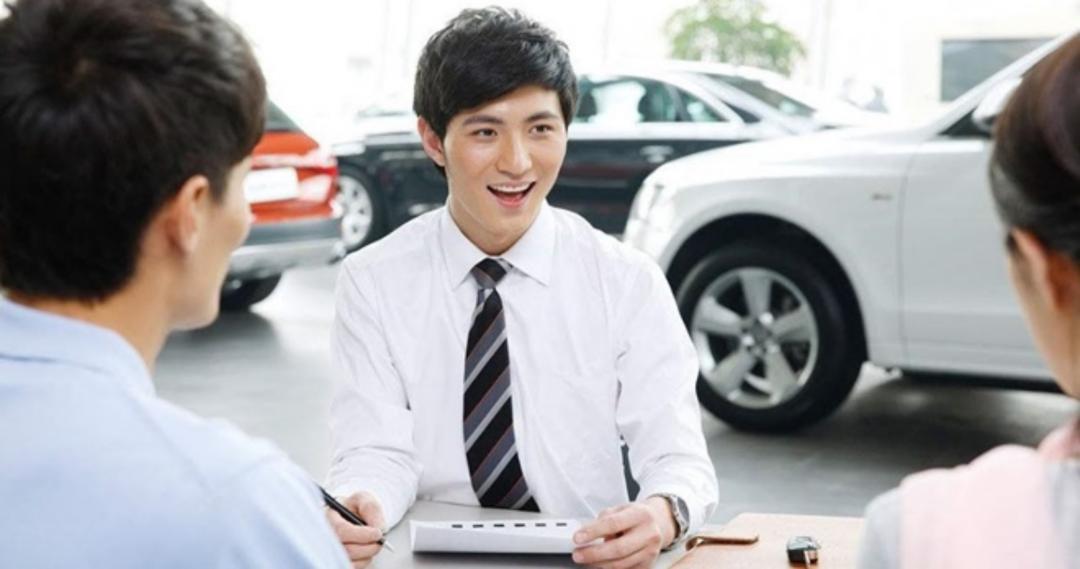
When you finally establish contact with customers, but only remain polite and unfamiliar, then you should also be careful.
Because sales experts know that the key to door-to-door sales is to become friends with customers and become one with them. If the customer is polite to you, it means that you haven’t entered the customer’s heart. This kind of customer relationship is very fragile. Once the master salesman of the competitor sells, the customer will easily fall to the competitor.
Therefore, there is an old saying in the marketing field called:"Be friends first, then do business."
Quotations from sales experts:
The most economical and effective way to open the other person’s heart is to praise your customers. But remember: Flattering "flattery" indiscriminately and untimely will only embarrass your customers.
It’s often seen that new salespeople desperately introduce products and enterprises to customers when they meet them for the first time. I wonder if customers are not familiar with you, and it’s already a face for you not to kick you out. Will he still listen to your introduction carefully?
We should disguise ourselves as his peers or higher in front of customers! Only in this way can customers respect you and recognize you, and then they will discuss their work with you.
4 Don’t expect to get the customer right away when you visit for the first time. At most, you should throw stones to ask for directions. The main purpose is to get to know the internal situation by contacting the customer, such as who can make the decision and which relationships need to be dealt with …
The law of sales is: communicate well with the people above, and communicate poorly with the people below, and there is a 20% chance of being turned over; Communicate well with the people below, and if you don’t communicate well with the people above, there is a possibility that 80% will be turned over! Therefore, every link is guaranteed to be safe, and that is really safe.
Sales experts will definitely find out the personnel structure of the other company before winning the big order, and find out who is the recommender, the influencer and the decider.

The recommender is often the person in charge of the purchasing department or technical department of the other company, who is the best to know and buy, and he can push our list to the person who has the final say. The influencer is a person who is one level higher than the recommender and can turn a deaf ear to the finalization of cooperation.
In large-scale projects, it is of little value to just get rid of one person. If the recommender doesn’t recommend you, the decider won’t dare to decide you, because there are too many risks. If the recommender recommends you and the influencer attacks your weakness, the decider will not dare to decide you. If the recommender recommends you, the influencer has no opinion, and the decider has not been settled, the variables are also very large.

Persuade "Wang" with the help of "Wizards" (that is, technology); Persuading "scholars" depends on interests.
In other words, it is to convince people at the level of boss and boss that you are not qualified to talk about technology and money, and others will not care about you; Persuade middle-level cadres who work, you want to talk about benefits, you talk about technology, others will say yes on the surface, but in fact, they are eager for you to get out of here early.
In particular, we should remember that we should protect our related parties and references, try to pretend that we don’t know him in the office, or at least show that we are unfamiliar with him. Otherwise, customers will see that one side of the company has stood with the salesman, and the gold content of the referee’s speech will be greatly reduced.
Quotations from sales experts:
Any salesman is not facing the customer’s company, but the customer’s individual.
The premise of getting the key person is: 1) you should be good at appraisers; 2) you should be sensitive; 3) you should be able to close the distance with customers; to have this ability, you must 1) run more customers; 2) you should be good at summarizing.
3 winning small customers depends on being a man, because small customers don’t have much conflict of interest, winning big customers depends on methods and strategies, because big customers have huge interests, and human nature is worthless before interests.
Don’t imagine that you can win the contract by talking about technology with others.
A clever salesman understands that the overall goal of "signing the bill" is decomposed into eight small goals that can be achieved and have continuity:
Goal 1: collect customer information;
Goal 2: contact customers;
Goal three: let customers have a good impression on me (giving small gifts or promising benefits);
Goal four: let customers know about our products that best match their needs (repeated promotion of technical selling points);
Goal five: get the approval of the customer’s decision maker and key people (business activities);
Goal 6: Understand and meet the procurement procedures;
Goal 7: Participate in bidding;
Goal 8: Winning the bid.
Concentrate on conquering key targets at each stage, and finally sign big orders.
If you want to make a big order, you must first remember."28 rule":
Customers who do not have enough conditions to buy or always want to get low prices are called inaccurate customers, and they should be deleted as much as possible. Because they can only create 20% performance for you, but they often consume 80% of your time and energy.

Secondly, the sales idea should be changed from "I want to sell" to "customers buy with me".
Finally, make your product complicated and important.
How to complicate an extremely simple product and raise it to a high price can be based on the analysis of consumers’ buying behavior, starting from the following aspects:
① Linking products with highly complicated problems;
(2) establish the image of Smith;
③ Understand the real concerns of customers and put forward their own solutions;
④ Make the differentiation of their products more obvious.
So as to establish a high-value brand image in the hearts of customers and win high-priced orders.
Quotations from sales experts:
It’s foolish to keep repeating the wrong sales method. You should be good at summarizing why it is not accepted by customers, so that you can make progress.
Solving problems is first of all strategic, grasping the laws, then technical, and finally psychological and detailed.
The key to the mid-term sales is differentiation. Differentiation gives you a label to make you look different, attract customers’ attention and interest, which must be marked and done in the middle of the specific documentary process. Only in this way will customers pay more attention to you.
As long as you are enthusiastic about life, enthusiastic about people, know how to read and feel, make people feel good about you quietly, know the way of the world, know how to predict the development trend of things, and then work hard, then there will be a wonderful story.

Ni Jianwei, a sales god with an annual signing of 600 million yuan, is the author of the best-selling book "Notes on grabbing orders: sales is to get people".
Pacific insurance group insurance billing scheme designer, internal training lecturers of famous enterprises such as Midea, Country Garden, Xuesisi, Hewlett-Packard and Skyworth Color TV, and marketing consultants of many enterprises and institutions such as Shenzhen Smart Security Association.
He has served as the general manager of sales in several Fortune 500 companies, and has worked in Japan’s Ebara Machinery, Germany’s Siemens, and the United States’ Tuthill. Focus on key account sales for 22 years.





